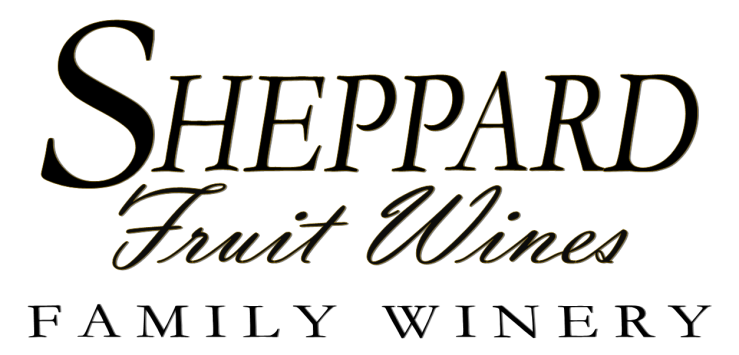
FAQs
What temperature should I serve your wines at?
Short Answer: 55° to 58°F (13° to 14°C), as with most wines.
Sometimes I use the term: Cupbard Chilled (60 - 63°F, 17°C). That is the temperature I like to enjoy our Elderberry and Cranberry Wine at. It means that the wine has been stored in a cool dark place, for example, near the floor of your enclosed pantry. This is an ideal temperature to start at for our dryer wines like Elderberry and Cranberry. The Standard temperature (56°F, 13°C) is good, too.
The Huckleberry and Raspberry are nice going from the cupboard to the refridgerator for about 20 minutes. Just to give them a little chill. (56°F, 13°C)
The Rhubarb and Pear are great being completely chilled all day while your at work, then ready to enjoy when you get home! (40° to 56°F, 4° to 13°C)
Definately experiment with our wines and your particular taste. You won't completely ruin it if it's not at an ideal temperature. Let the wine warm up, or chill it, for your second serving.
Wine Refrigerators keep wines at a constant temperature between 55° to 62°F, 13° to 16°C, depending on setting. My wine fridge is set at 60°F, 15.5°C, for a jammier, sweeter taste from wines.
Side Note:
1. Best practice for storing a bottle of wine is upside down or on it's side - to keep the cork wet.
2. Do not store wine in your food refrigerator for long periods of time - this will spoil the wine quicker compaired to storing wine in a cool, dim pantry. Temperature swings caused from opening and closing the fridge door will make the bottle breathe and could spoil, or what is called "cork", the wine. The wine will taste like it has been open to the air for over a week. Eew.
Rule of Thumb:
The colder a wine is served at, your sense of the wines' sweetness decreases and sense of acidity increases.
Do you use Sulfites in your wines?
Yes, we do use Sulfites.
The use of Sulfites is crutial to controling unwated bacteria and spoilage throughout the winemaking process. We can test to find what the sulfite levels are at a given time, and can make precise adjustments as needed. Using a "standard" amount at certain times can either be not enough, or too much, and are rarely just right. It is one of the perameters that is strictly controlled to prevent spoilage and ensure shelf-life.
Will the Sulfites give me a headache?
There is no proof that Sulfites are the cause of headaches from consuming wine. There are several factors that can contribute to headaches after drinking wine which include: individual susceptibility, histamines, tannins and even the alcohol. If you typically don't have any issues with wine, you should be good.
What Varietal of Grapes are used to make your wines?
Surprise!
We don't use grapes, or blend with grape base wine, to make our fruit wines. They are made from just the fruit that is on the individual label. For instance, we put whole huckleberries in a stainless steel fermenter, add the necessary ingredients to balance the must, and add cultured wine yeast. Our wines are designated as 'fruit wines' because they are made with fruit other than grapes.
How Big are Your Vats?

There are three - 260 gallon / 1000L stainless wine fermenters. We purchased these original tanks in 2008. They have conical bottoms, floating lids so they are variable volume, with man-way hatch, sample taps, bottom and side 1.5" discharges with butterfly valves. They are a simple design by industry standard, but very nice and easy to maintain.
In addition to the original tanks, we added four - 650 gallon / 2460L tanks and upgraded all of our processing and bottling equipment. I had to stand outside to get this picture and still couldn't get it all in! Cheers Everyone!
